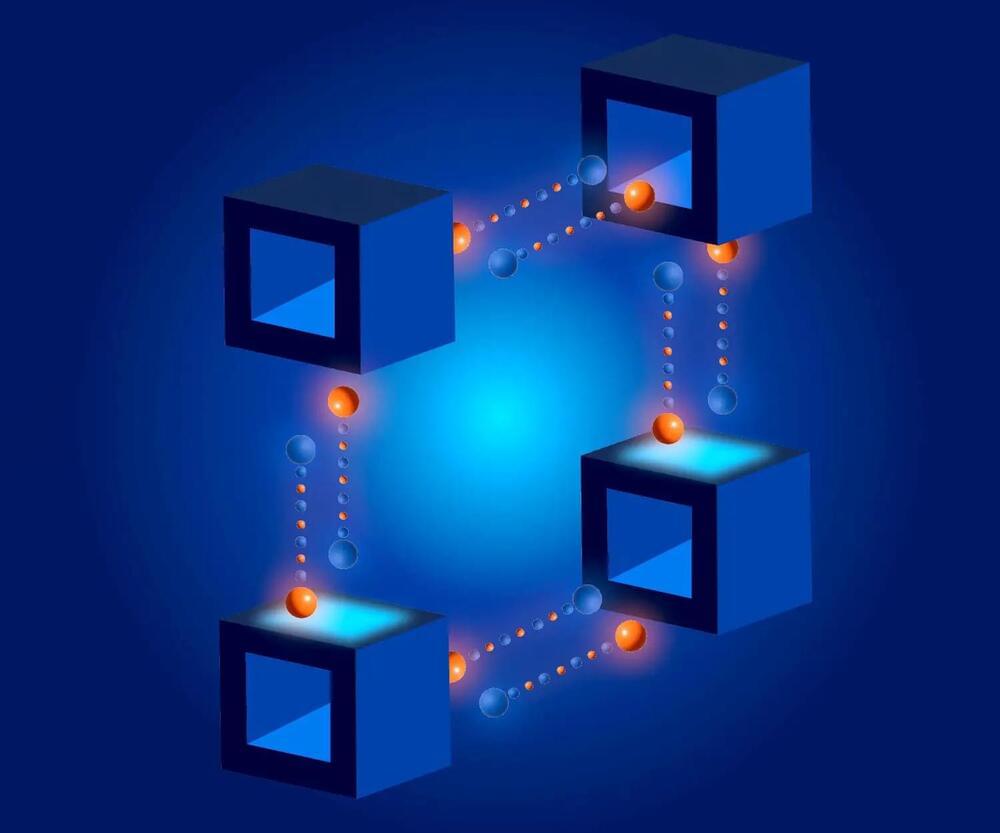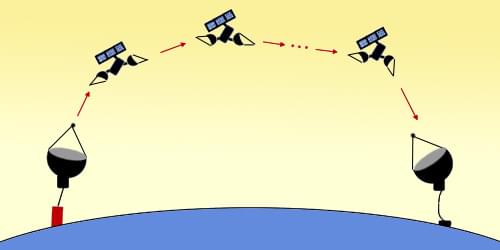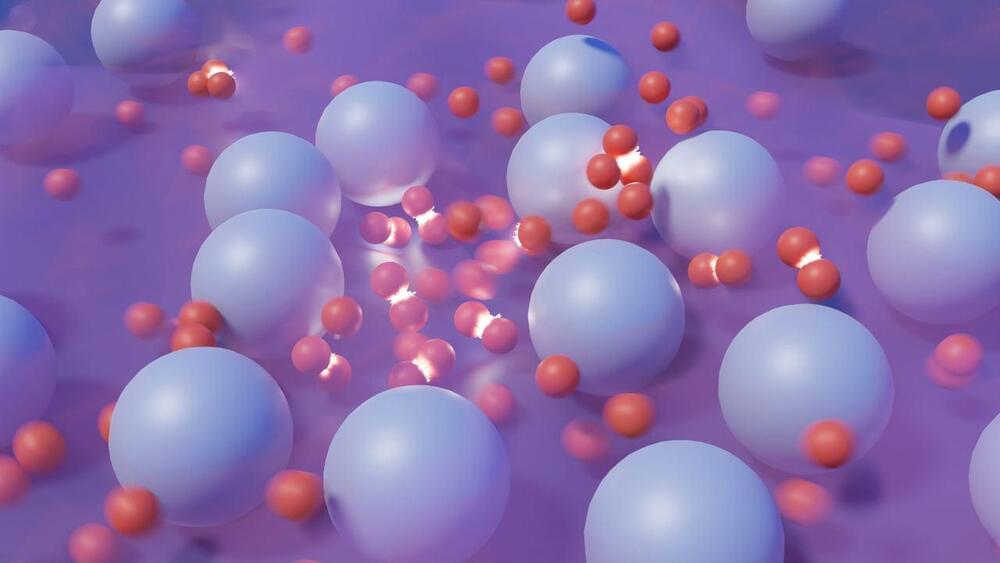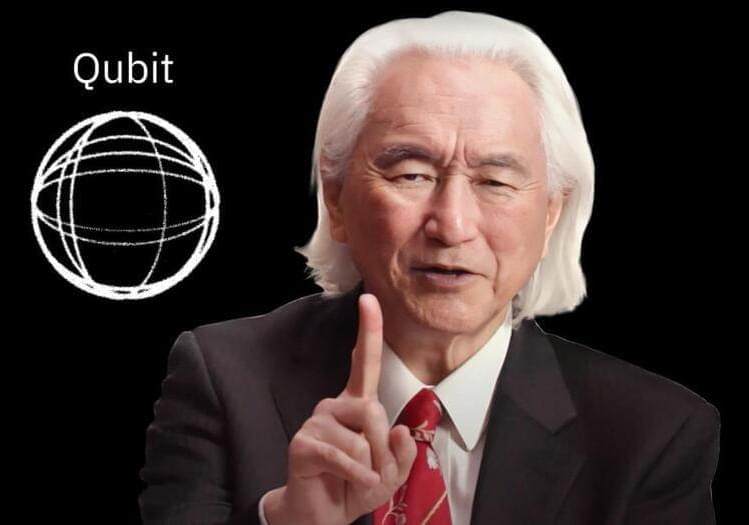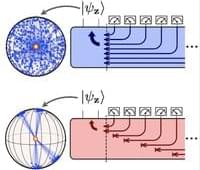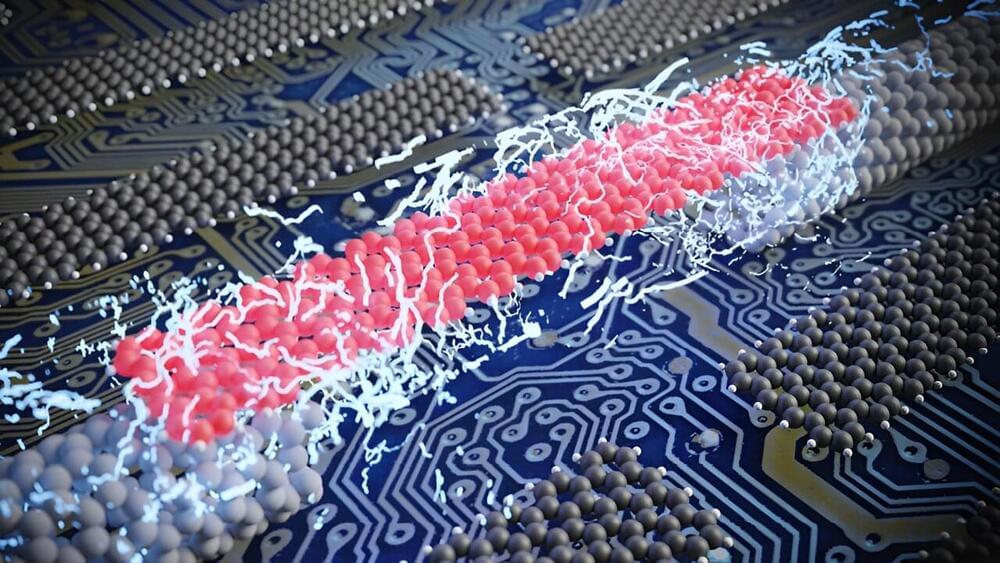Researchers have developed a theoretical framework that provides deeper insights into quantum nonlocality, a vital property for quantum networks to outperform classical technology. Their study unified previous nonlocality research and showed that nonlocality is achievable only through a restricted set of quantum operations. This framework could aid in evaluating the quality of quantum networks and broaden our understanding of nonlocality.
A new theoretical study has been conducted, providing a framework for understanding nonlocality. This is a crucial characteristic that quantum networks must exhibit to perform tasks unachievable by traditional communications technology. The researchers involved clarified the concept of nonlocality, outlining the conditions necessary for establishing systems with potent quantum correlations.
